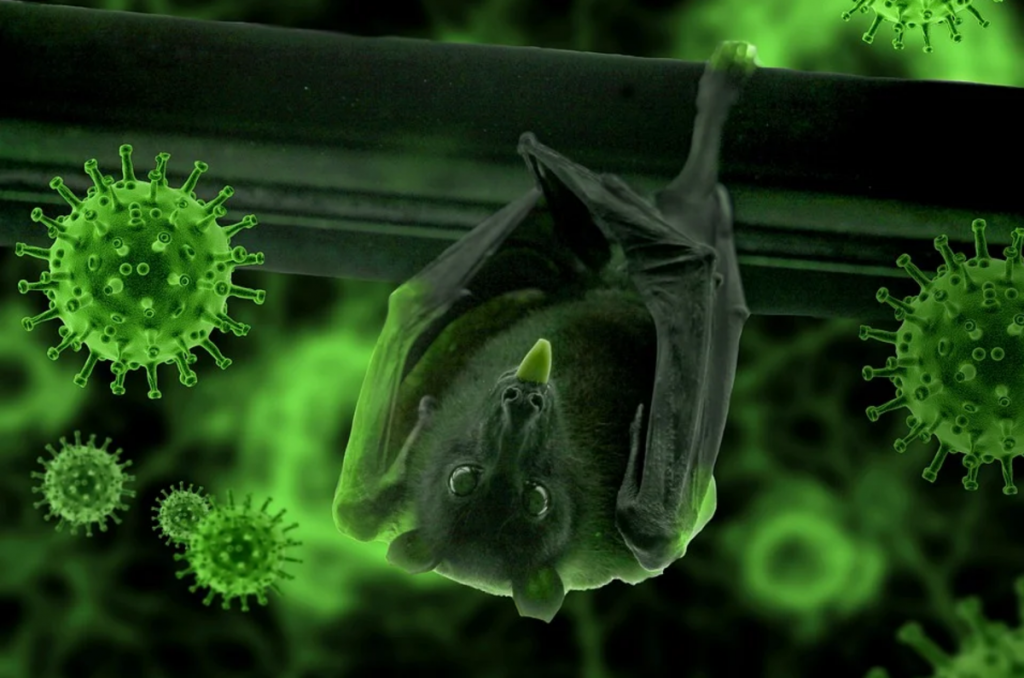Found a new link that transmitted coronavirus from a bat to human
From the very beginning of the outbreak of COVID-19, scientists have been trying to determine how the new virus first jumped from animals to humans, triggering the current pandemic – more than two million people worldwide have already been infected.
Scientists were looking for an intermediate host for animals between bats, which are known to carry many coronaviruses. Some animals, starting with snakes and lizards, have been nominated as a likely intermediate, but viruses isolated from them are too divergent from SARS-CoV-2, causing COVID-19.
Xuhua Xia, a biology professor at the University of Ottawa, recently, tracking signs of coronavirus among various species, suggested stray dogs could be the source of the current pandemic.

Our observations allowed us to formulate a new hypothesis about the origin and initial transmission of SARS-CoV-2. It easily propagates in the intestines of dogs, which most likely led to the rapid evolution of the virus in dogs, after which the virus passed to humans. Therefore, it is now worth paying special attention to stray dogs, which could still spread the coronavirus, the researchers write.
Professor Xia has long been studying the molecular compositions of viruses in various carriers. When viruses invade the host organism, their genomes often undergo changes as a result of the struggle and evasion of the host immune system.
In humans and mammals, there is a key antiviral protein called ZAP that can stop the virus, preventing it from multiplying in the body. Single chain coronaviruses, such as SARS-CoV, can avoid ZAP.
In their study, scientists analyzed 1252 full-fledged beta-coronavirus genomes known to date. Specialists also studied the structure of dogs and found that the genomes of canine coronaviruses (CCoVs), which caused highly infectious intestinal disease worldwide in dogs, have genomes similar to those observed in SARS-CoV-2.
Based on the results of the study, Professor Xia presents a scenario where the coronavirus first spread from bats to stray dogs that ate bat meat.
Further, the intestinal bacteria of the dogs were able to adapt the virus so that a rapid evolution of the virus began, leading to a decrease in genomic CpG. Finally, the reduced viral genomic CpG allowed the virus to escape the human immune response and became a serious human pathogen, the study said.










